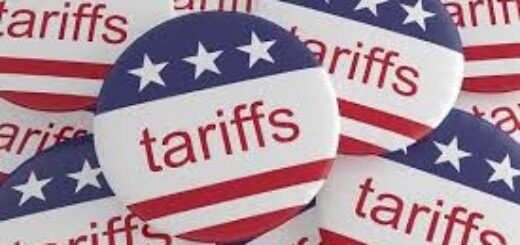United States and Allies Set Price Cap on Russian Oil — $60 Per Barrel (Part I of IV)

The G-7, the European Union and Australia officially announced a price cap on Russian oil, which includes service and shipping restrictions on oil originating from the Russian Federation and trading above $60 per barrel. After months of negotiations among the nations, the countries finally reached an agreement on a cap that is designed to reduce revenue to Russia in response to the ongoing war in Ukraine.
The new cap took effect at 12:01 a.m. EST on December 5, 2022. The U.S. Department of the Treasury’s Office of Foreign Assets Control (“OFAC”) expects that the price may be adjusted in the future. The cap applies only to Russia-origin crude oil but will be expanded to encompass other petroleum products starting on February 5, 2023.
The impact of the price cap will depend on actions taken by participants in the maritime industry, and those that directly interface with the maritime industry—including insurance and finance companies. Companies based in the participating nations control around 90-percent of the market for maritime insurance and reinsurance. The activities of non-G-7 companies are more limited in scale.

It is not clear how Russia will respond to the price cap. Russia’s alternatives include: (1) selling oil at or below the price cap to continue earning revenue in global markets; or (2) selling oil through non-G-7 countries which are limited in scale and reliability. Russia may choose to reduce the volume of its sales but could suffer serious financial harm—especially in emerging markets. Russia’s response to these new restrictions could guide further actions from OFAC and its allies.
The U.S. and the EU have released preliminary compliance guidance for the industry. The EU plans to restrict all EU “operators” from insuring, financing and servicing a third-country flagged vessel that is transporting Russian oil for 90 days after the cargo bought above the price cap has been uploaded. Notably, however, the EU underscored that European operators will be permitted to transport Russian oil to third countries, provided that its price remains below the cap.
The new cap includes a 45-day transition period for vessels carrying crude oil from Russia that was bought and loaded before December 5, 2022, and will be unloaded at the discharge port before January 19, 2023. The UK issued its own guidance, including several general licenses, a sample attestation for U.K. shippers conducting due diligence, and various reporting forms. The U.K. emphasized that it expects more due diligence from oil traders and brokers since they are closest to the pricing information.

OFAC issued guidance on compliance with the price cap earlier in November 2022. Under the new OFAC Price-Cap Policy, U.S. persons may provide certain services related to maritime transport of Russian oil so long as the Russian oil is purchased at or below the price cap of $60. The covered services include: (1) trading/commodities brokering; (2) financing; (3) shipping; (4) insurance, including reinsurance and protection and indemnity; (5) flagging; and (6) customs brokering.
As explained further in this blog series, OFAC has created a safe harbor so that U.S. service providers can provide the authorized services without concern that they will be penalized for an unintentional violation of OFAC laws and regulations. Significantly, OFAC has indicated that providers that seek to comply in good faith, in accordance with the Price-Cap Policy, will not face OFAC enforcement actions. While OFAC’s stance is a promising sign for those seeking to comply, it still requires companies to implement effective controls.
















1 Response
[…] Source link […]